When Tim Feldmann smiles, his large blue eyes grow bigger, his sculpted cheekbones perk upwards, and the creases that emerge off the corners of his mouth and in the center of his forehead seem to invite his interlocutors and his students in closer. Though Feldmann is revered as one of the most advanced Ashtanga yoga teachers in the world, he is approachable and easygoing. Co-owner of Miami Life Center, with his wife and longtime Ashtanga yoga teacher, Kino MacGregor, Feldmann has a commanding presence and exuberant warmth, steeped in a firm love of the practice, which has so colored and shaped his life.
Born and raised in Copenhagen, Denmark, Feldmann first came to America to pursue a career in dance. After surviving an epic accident in the mountains of Venezuela in his early 20s, doctors told him he might never walk normally again, and certainly never return to the stage. “I had been doing Tai Chi and Aikido for some years,” he says, “and I really thought that everything was possible. ‘Conventional wisdom, medical science—it’s all bullshit, and you Western doctors don’t know what you’re talking about!’” Indeed Feldmann’s “naivete and arrogance,” as he calls it, ended up benefiting him as he began performing less than two years later.
It was then that Feldmann found yoga, first inspired by dance teachers, and then through the bustle and energy of the early days of the Jivamukti Yoga School in New York City, which was heavily influenced by the Ashtanga method. Between the assists, the celebrity sightings, and the instant effects on his body, Feldmann was hooked. “When I took class before rehearsal, I felt better than I had probably ever felt dancing, so much so that even my choreographer took notice,” he says.
Once Feldmann returned to Denmark, it was only a matter of time before he began studying with the great Ashtanga teacher, Lino Miele, who Feldmann describes as moving “better than any dancer or yogi I’d ever seen.” After studying with Miele, Feldmann made his way to Mysore, India, where he began studying under the guidance of Sri K. Pattabhi Jois, the founder of Ashtanga yoga. Almost 25 years later, Feldmann is one of the most beloved Ashtanga teachers in the world, traveling extensively, and constantly refining his practice, with the same eagerness to understand and utilize the body as when he first came to the mat. Here, Feldmann shares some details about his daily practice, his philosophies on yoga, the importance of having a teacher, and what existential quandaries he returns to time and again.
What drew you in to the practice? Was it physical, spiritual, or some combination of the two?
The question is, what the heck does ‘spirituality’ mean, right? What is that?
Well, when I first started practicing, I would have a very strong urge to ask for forgiveness during class. There was this really powerful, strong, emotional, tactile, and visceral thing happening inside of me, but I wouldn’t know who to ask forgiveness from. That kept going for the next month or so, and then it started to mix in with a sense of gratitude for the tangible feeling that my body getting healthier every day, like an injection, like vitamins. In all those places that had been hurt, slowly I found a base level of functionality.
Then, for a long time, I just practiced it as a routine, kind of. It was a pragmatic thing for me. With my work, I needed to have my body accessible. I would use the practice for my performing; I felt it was better than going to a dance class—it prepared me better.
In what ways do you feel that your dance training influences or inspires your yoga practice?
I tend to get really cerebral about everything I learn. I tend to think a lot and reflect a lot, and overthink a lot. Whenever I learn new movement, I try to understand it technically, anatomically, and physiologically. I’m a great proponent for learning anatomy. So, when Patanjali [author of the Yoga Sutras] talks about “svadhyaya,” or self-study—the process of knowing ourselves—it is my understanding that he refers back to a classic Indian philosophical point, that basically means study the Vedas [the most ancient Hindu scriptures] and other relevant primary texts. The technical depth. Study the primary texts. I feel that if knowledge is your faculty, then of course you do that. If movement is your faculty, then you do not study the Vedas only, you also study the body.
If there’s something I cannot do, I’ll go over it very technically and try and figure out which muscle is strong, which muscle is weak. Where I carry my weight and where I should transfer the weight differently. I approach asana [yoga posture] from a structural type of muscular strength and from a peripheral type of strength. Technique is very important for me. As a teacher and as a practitioner, it is most important that a student has understood how the asanas should be done in their own body, from a deep physical point of view, before moving on to the next form/asana. Not only being able to do it, but how and why. How does it set us up? This asana in itself is nothing. This asana is something that sets us up for something else. It’s the same way in dance.
I’m trying to constantly place the asana practice into that kind of scope, but by the end of the day, what we’re trying to do with asana is not get “on stage”; instead of going out, we’re trying to go in.
I think of Ashtanga as a pretty linear practice in a lot of ways, and I’m wondering if you ever miss the more choreographic, flowing, curvaceous movements of dance, T’ai Chi or Aikido, or some of the other modalities that you mentioned.
When I was a dancer, I went to a school called the School for New Dance Development. At that time I was interested in a style that hadn’t really taken clear form yet, that was inspired by a lot of people that was called ‘postmodern’. The style later became known as American Postmodern Dance. The whole thing was on the cutting edge of what dance was at the time. It was very much redefining what you were doing on stage, in that it was trying to make a separation from theater. Instead of pursuing theater dramaturgy and storyline and structure, it would try to find the root of dance and make that speak. I was very interested in experimenting, and I was very uninterested in Classical Ballet and other such set forms. I found it stuffy, and I found it rigid, and I did not like to do the same thing every day. I would train in classical technique, because I thought it was a necessary vocabulary to have to get a job, but my focus was always about seeking the outer borders. I was pursuing that passionately every day. If we were creating material that looked too conventional, whether it worked or not, we’d throw it out.
Then I started to do Ashtanga yoga, and all my friends laughed at me. They thought it was the funniest thing, because now I did the same thing every day, and I started to talk about the traditional approach, and I would wake up really early every morning.
What I found on the mat was a true sense of free space, totally in contradistinction to going to class with everyone watching and judging me, and constantly looking at myself in the mirror. I was not even trained in a style where you do that all the time, and even the amount I did, gives me the heebie-jeebies to this day.
Related: How to Surrender the Ego Through Practice
What I found on my yoga mat was that I could lay down this piece of plastic and then I could just practice for myself. It was my space exclusively. I really liked that little oasis in all this performing arts stuff, where I could move in a way that I found was very controlled, and if I was setting myself up wrong, I didn’t need to pursue through the movement pattern, I could just reset and continue. In dance you can’t do that, because you’re on the beat and you’ve just got to get on to the next thing. I would say I don’t really miss it; I do miss the creative part sometimes, but not so much necessarily in moving, but more as a general aspect in my life.
How has your personal practice changed since you first started doing yoga?
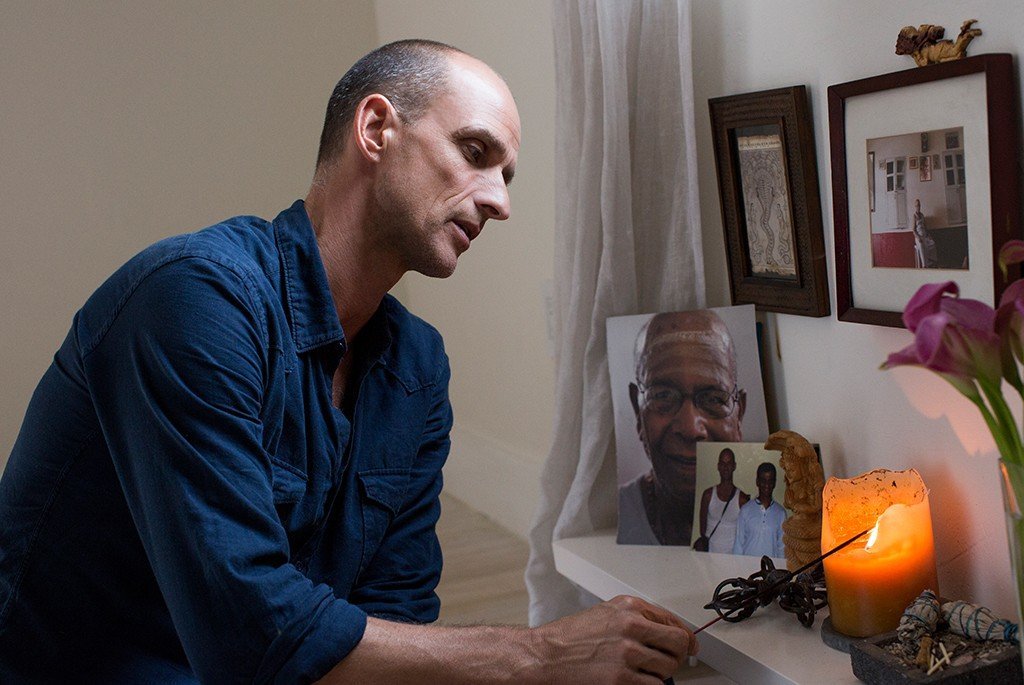
So many ways, I don’t even know where to start. When I first started, it was super fun, I loved it and it was this great sensuous pleasure to be on the mat. It was super fun to learn new postures, and I would travel all over to study and practice. It was like a big cake. It was very fun and pleasurable and exciting and joyous, and eye-opening, and all kind of stuff for years. Passion felt, passion-driven. I came in with that from my dance, and I was pursuing asana the way that I was pursuing other kind of movements. I was trying to nail them one by one. One down, two down. When I had learned them I would try to do them as good as I could, every day. But practicing like that every day, was just too strong, and eventually brought some injuries.
Over time, I think I have softened a lot in my practice, and now when I get on my mat, many of the days, I’m not really having a great time. I’m getting onto my mat not because I want to get on my mat today, but because I know that the reward for me getting on that may every day, even when I don’t want to, is solid and tangible. I feel like it is teaching me many life lessons to get on that mat. I can skip one practice and it’s no big deal, but if I start to do that, then I lose the connection. I lose this powerful stream that is very subtle, and very easily missed, and I lose the ability to tap into that if I don’t get on my mat—the true gift of my practice these days lies there.
Is there a text or a mantra that you’ve returned to over time?
“You take it your yanus”; squeeze your anus. Guruji [Pattabhi Jois] used to say that a lot. It’s become like a mantra for me.
I feel, comical as it is—and it’s even more funny with a little bit of South Indian accent to it—I feel that the practicality of that and the infinite knowledge that is in that sentence is very useful for me. So many lessons in there is about doing what it takes, when it takes. When it’s necessary. It’s about moving beyond what I like to do in any moment, kind of doing my duty. Right living, right livelihood. It’s about that, about dharma. It’s about going to the seed of the seed, going to the root of the root, and to allow the knowledge of that to sprout over a long time. That is quite amazing for me. I find that in that sentence, and I feel it’s the basing of my practice, and the basing of my teaching, without doubt.
Related: A Beginner’s Guide to Essential Sanskrit Mantra
I wish I could’ve said something like, “God is great!” But this is my mantra: “You take it your yanus.”
Why is having a teacher important?

If we don’t have a teacher we lose the path. We often don’t realize it until we’ve lost connection and we need help. We don’t even necessarily realize that it’s a teacher that we need, we just know that we need to get out of whatever bad situation we’re in. Very often the reason we are there is because we got lost, and the way that we are able to come out again is by following profound advice. If we have disconnected ourselves from a source where profound advice exists and that we feel we can return to and are willing to bow down to it, where we have created a paradigm where we have faith in a place where an answer can come from, then all is not lost and finding our way back is possible’.
If we have not come to such an understanding, we cannot get a useful answer. Cultivating this understanding goes through a teacher. When we don’t have a teacher, we just do the stuff we like. We’d eat marshmallows for dinner every night instead of kale. Without a teacher, we marshmallow our way through the world. It’s not useful. It’s very sad, as a matter of fact.
That is where tradition comes in. Tradition is where we pursue something that someone else says; we consider it so significant that it carries truth. When my papa says, ‘No, you cannot have marshmallows for dinner,’ I don’t get it, because I want it viscerally. I’m three years old: I don’t want kale. He says no, and I don’t get it. And he says, ‘Because I say so, because you must have faith in me. I’m doing it for your good.’ That is one key aspect of “parampara,” that is tradition, to allow ourselves to say, “I don’t really get it, but this man has lived this situation many times before, he has created enough experiences, and I trust his experiences, and therefore I trust his judgment even when I don’t get it.”
Ashtanga has shown me great teachers. I started out as a student under Lino who was very generous to me. Meeting Guruji made it all make sense, and he still does. Over the past 4 to 5 years Sharath has slowly won me over, well, not that he tried, but I am slow one and Guruji’s shoes were pretty huge to fill, but even after a legend like him, Sharath’s current lead is certainly working for me.
What has been one breakthrough moment as a teacher?
A couple of years ago, though I was teaching and it was going fine, and I enjoyed it and was getting a good response, I felt like I was stagnating. I was starting to get a little tired, and I was a little bored with my material, and I found I’d somehow locked myself into a rigid form of how I needed to teach within the tradition.
Related: The Journey of Finding and Following a Yoga Teacher
I was trying to do things from a preconceived idea of what was expected of me. Eventually I thought to myself, I’m just going to have to give this up a little bit and see what comes out of me when I talk—allow myself to be a little bit more myself. When that happened, I started to enjoy teaching much more, I started to feel that the relationship I had with the students was more real.
After that, almost the opposite reaction started to happen. I started, at some moment, to have such a reverence for the information, for this knowledge, for the material. That’s what I’m working on these days, is to not obscure this amazing material. When I talk about Patanjali, to try to really understand what he says by word and meaning, and then try not to mess it up for the one I’m talking to, so they get a slight coloring which is not supposed to be there. Very much inspired by my philosophy teacher, a Sanskrit scholar and professor based in Mysore, India.
What is the first thought that comes to your mind when you wake up in the morning?
Depends what time it is. If it’s early, it’s like, ‘Can I take another hour?’ That’s almost every morning. … If it’s a little bit later, it’s like, ‘Yeah, awesome I could sleep this long.’ Waking up early for me is pretty dreadful. To this day. I have also noticed that even when I have to wake up at 2 a.m. in India, or at 4 a.m. here, it’s usually the first 15 minutes that is not very sensually pleasurable, and then after that I’m pretty fine. I just bite the bullet and get on with it. When it’s too early I know that I just need to get up.
If someone has only five minutes to dedicate to a practice every day, what would you recommend?
Find a quiet place, sit down, breathe. Forget what you need to do, forget what you have been doing. Not forget it, but just don’t be concerned with that, and just sit down in some way comfortable, preferably not resting your back on anything, just sitting down with a straight spine. Then put your mind to the sensation of your breath, and keep it there for five minutes, and see how you feel after.
Related: A One-Minute Meditation with Deepak Chopra
Why do we practice? Is it, or should it be the same for everyone?
I feel like I get a little smarter from practicing. It’s a classic paradigm of “tapas”: tying yourself to some discipline, something which is not necessarily only pleasureful, and maintaining focus on that. In the process of that, revelation is possible: What is the world? Who am I? How does it all come together? That is the reason that I practice. Also, because I’m vain. If I don’t practice I start to get a little bit fat in certain parts. I start to feel uncomfortable in my body, I start to not have as pleasurable bowel movements as when I do deep back bending. I find that my mind gets a little bit thicker. I feel like I have a clean connection to the world when I practice, and when I don’t practice, I start to get a little bit less comfortable in my body and a little uncomfortable in my mind. I start to feel this scramble coming in between the world and me, and in between me and me. I’m more available, I would say.
Should everybody practice? I don’t know. I think that the benefits are so profound from having some type of practice that I wish everybody would, but I also wish that people didn’t eat the cows. I think that would be nice. I think there would be immense benefits. Imagine everyone was practicing. This world would be very different. If we take it a step back and we say how everybody who practices should practice, then of course there’s many ways. Again, I feel it’s very important to have a way of practicing which is tied into a method. It’s not just, “I’m going to do my own thing. I’m going to make up my own stuff.” We can, but that’s a little bit like, I need to go to the airport, I think I’ll make myself a car. That doesn’t make any sense.
We cannot experience everything by ourselves. We cannot re-teach ourselves everything. We have to draw upon other people’s experiences. I feel like here in the West, we go in and we say, ‘I’m going to make a new style of yoga because I know my body better than anybody else.’ That’s extremely naïve, in my opinion. I don’t say that there cannot be changes in your personal practice on a Monday morning, but on a general basis I think it’s very naïve. It’s like reinventing the wheel every day. It’s just not going to happen. I think it’s a pretty smart idea to pull upon information from other people, information which has proven itself useful over a long time.
We all practice for different reasons, but we meet up in the modality of yoga because it soothes our “samskaras” [wounds and generational scars] in some way. The paradox is, if you ask me, ‘Do you think yoga works?’ I’m going to say, ‘I have no clue.’ Because I don’t know, really, right? But I’m willing to give it another 10 to 20 years before I decide.
Photos by Agathe Padovani

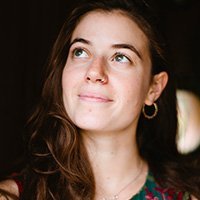
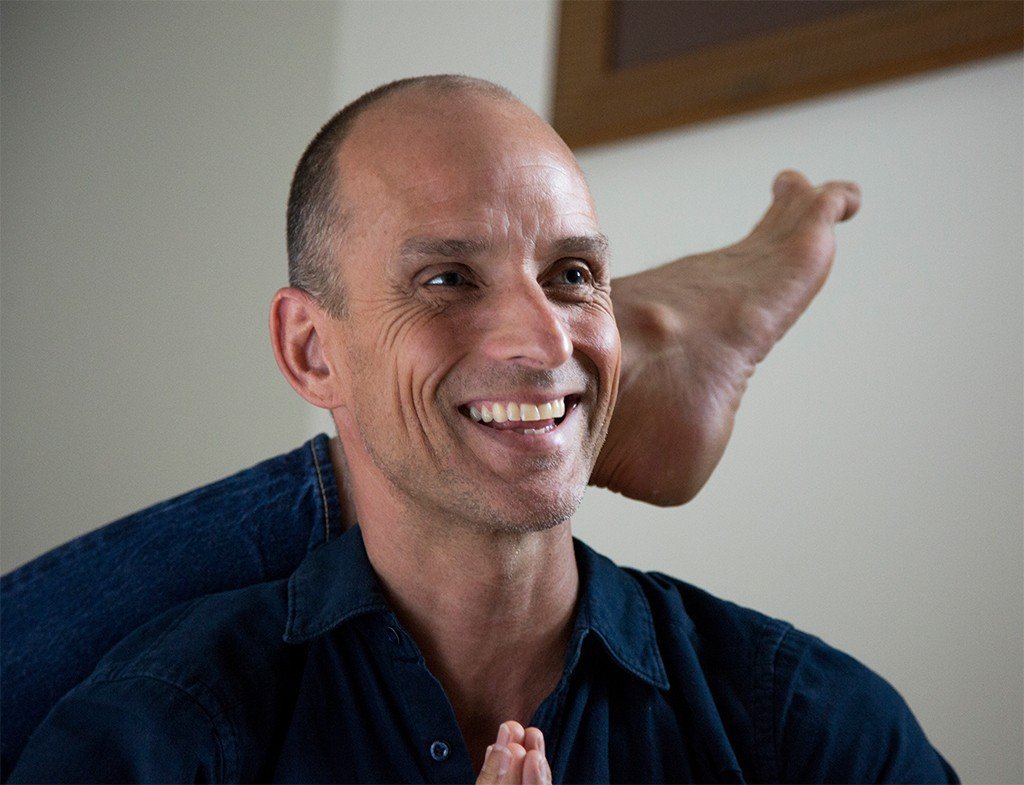
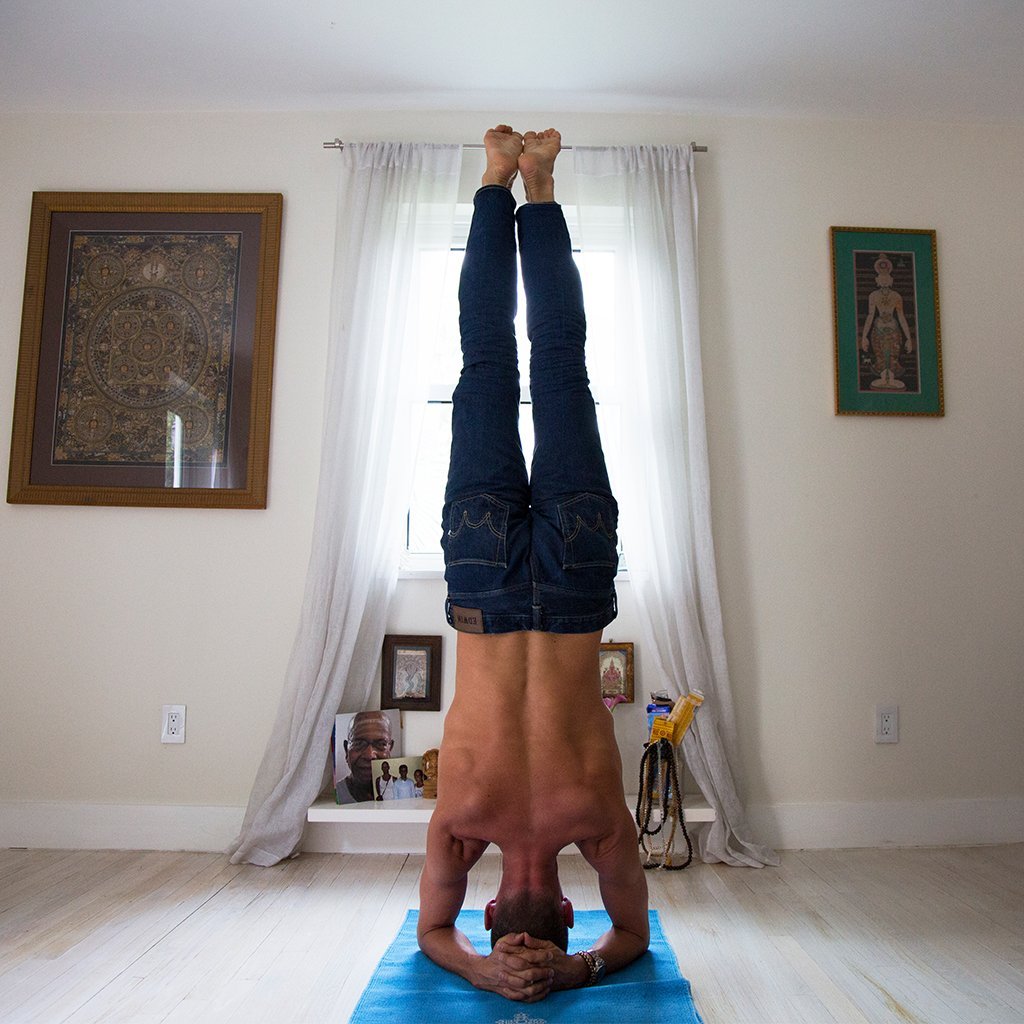


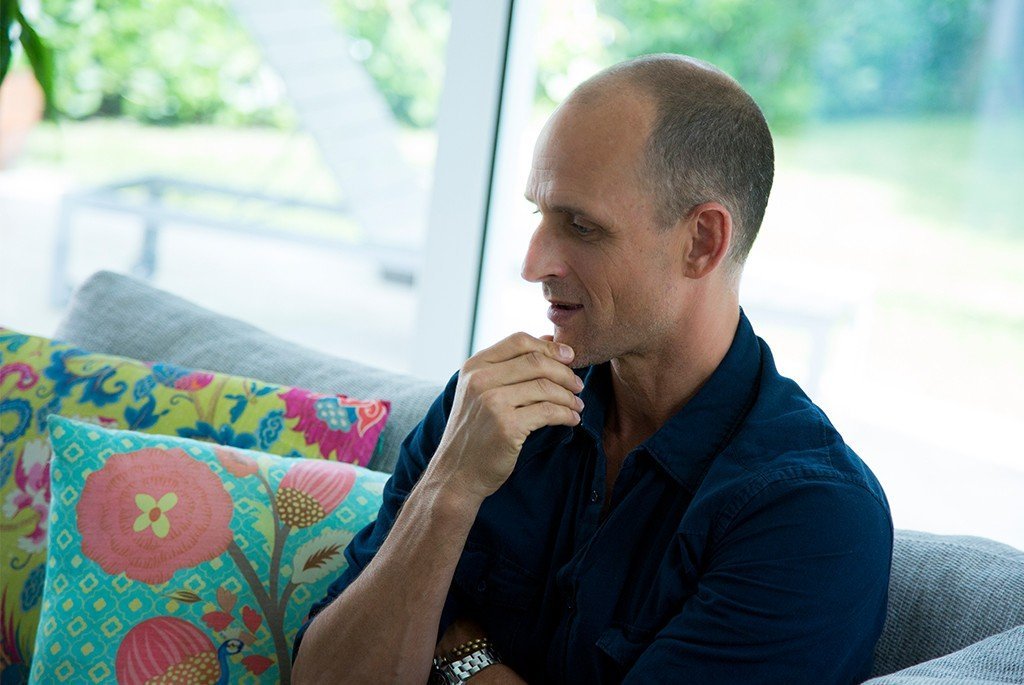
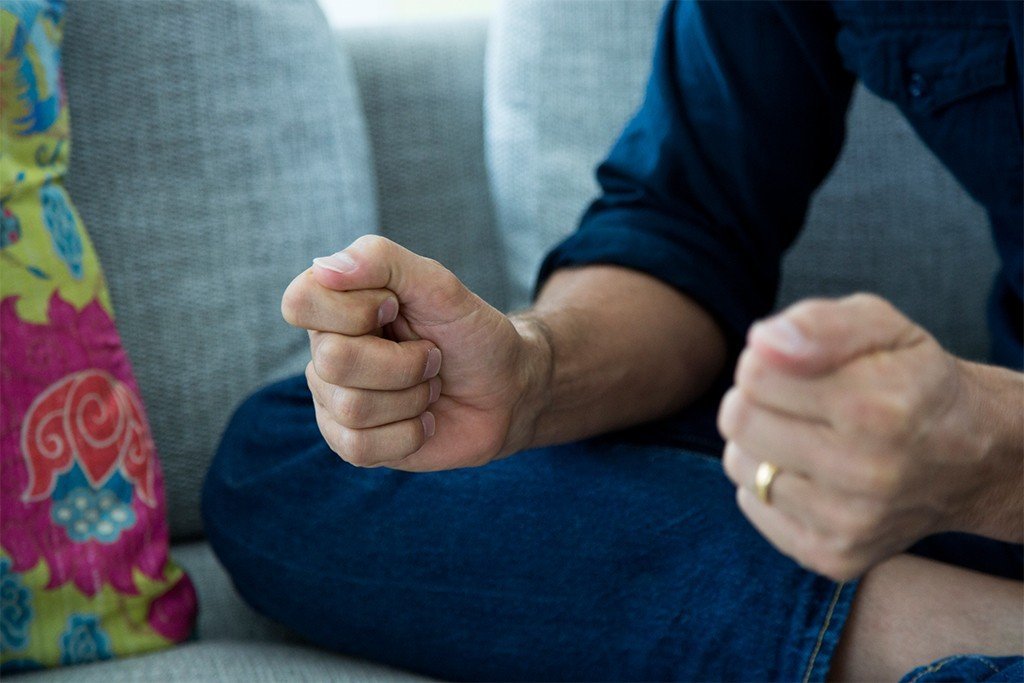
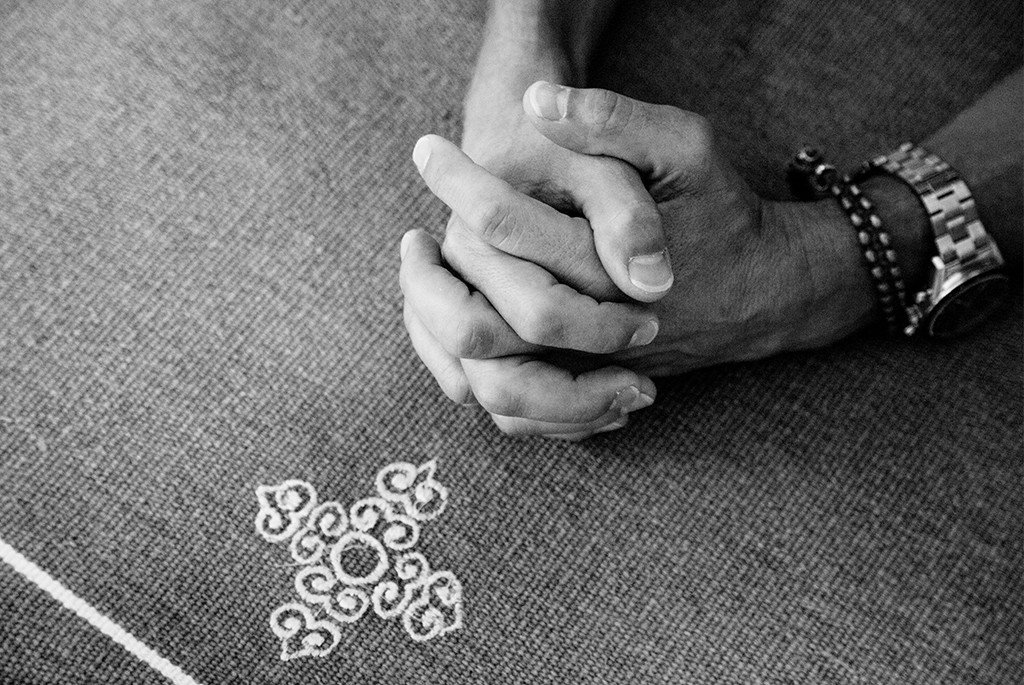



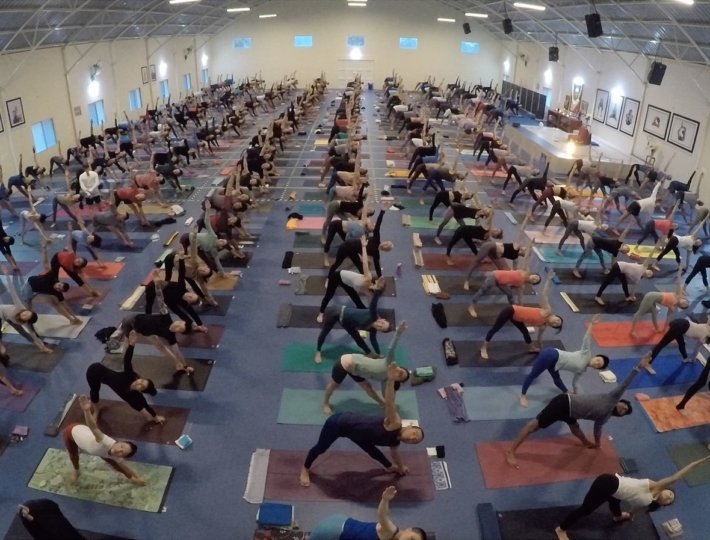



Comments (0)